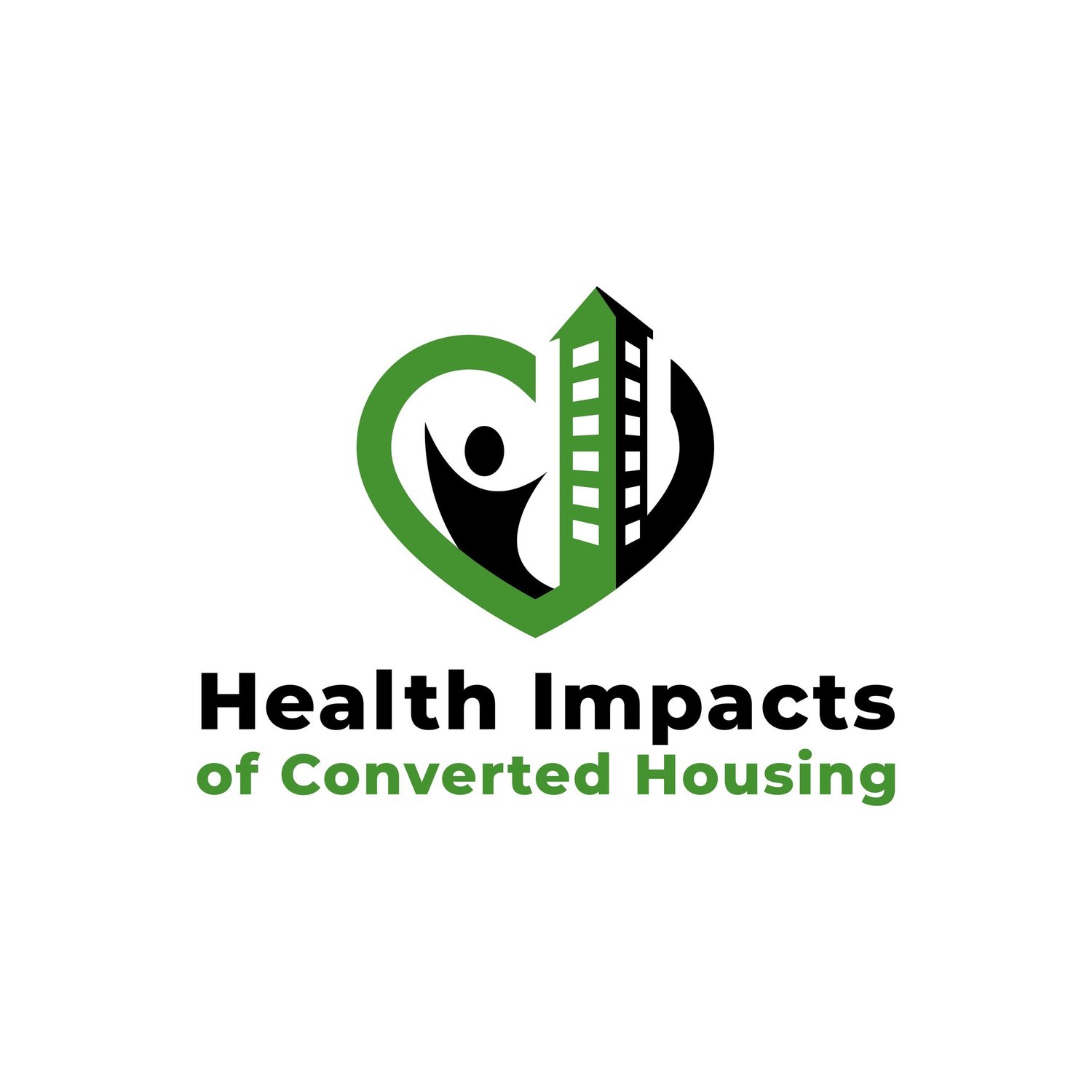Work Package Four: Integrated quantification of health risks and economic evaluation
Research questions:
What are the quantified health impacts attributable to the dwelling characteristics of homes built under PD?
What is the monetized equivalent costs of those impacts?
What would be the likely cost-benefit of selected alterations to planning regulations to protect against the most negative effects on health?
Approach
The rationale of this work package (WP) is to perform an integrated assessment of housing-related health risks of PD homes, their health economic costs and the potential cost-benefit of altered regulation or required adaptations to inform decisions about health protection. The results of this work would closely inform the briefing and guidance for local authorities intended as a project output.
Drawing on the evidence of other WPs as well as the wider published literature, this WP will quantify the wellbeing/health impacts for a wide range of dwelling-related factors using a more formalized version of the methods underpinning those originally developed for the Housing Health and Safety Rating System (Ormandy et al, 2003). It will calculate the health risks (benefits) for people of varying characteristics/underlying vulnerability and for a range of exposures relevant to the indoor environment (pollutants, temperatures, space, etc) and convert them into monetized equivalent health costs. The evidence will inform cost-benefit assessment of possible amendments to deregulated planning. The process will entail:
(i) the identification of the suite of dwelling-related factors likely to have impact on health
(ii) determination of the (changes in) health-related exposures associated with PD housing
(iii) characterization of associated health risks using modelling methods appropriate for each health risk (based on application of literature-derived exposure-response functions to attributable patterns of exposure)
These assessments will be implemented using a (very large) synthetic population of individuals, constructed to represent the wide range of socio-demographic and health variations in the UK population and specifically of PD housing residents. By generating a synthetic population of widely varying characteristics (age, gender, underlying health, socio-economic status etc), we will be able to assess the patterns of risk for people of varying levels of exposure pattern and vulnerability, as well as socio-economic inequalities. This follows a principle of the HHSRS that risks should be assessed in relation to the most vulnerable (children, elderly, pregnant mothers…) as well as the general population as a whole. The results of the analyses will be presented for different population subgroups (those of different vulnerability) as well as for the overall population likely to be representative of PD housing residents.
Thus, we will quantify the likely impact of dwelling factors under alternative regulation/specifications on individuals and whole families of varying characteristics (age, sex, ethnicity, health status, socio-economic deprivation). For each person (combination of characteristics), we will assign (cause-specific) mortality and morbidity risks and health behaviours appropriate for their age, sex, socio-economic status (IMD) and geographical location etc. using published statistics from ONS, Hospital episode Statistics, Health Survey for England and other sources.
The full list of dwelling factors/health risks to be quantified will be informed by the evidence of WPs1-3 and the wider literature but will include among others: thermal risks (summer overheating, winter cold) (Armstrong et al, 2018; Ibbetson et al, 2021; Tayor et al, 2018)), indoor air pollutants (fine particles (PM2.5), radon, nitrogen dioxide, VOCs, mould/damp) (Hamilton et al, 2015; Armstrong et al, 2018; Milner et al, 2014; Milner et al, 2015), overcrowding, lighting, accident risks. Evidence from earlier WPs as well as literature reviews will be used to characterize exposures (e.g. standardized indoor temperatures, pollutant concentrations) for a wide range of PD housing (not limited to the sample of 50 used in WP3), from which quantified risks will be computed from published exposure-response relationships (drawing on meta-analyses where possible). Directly observed health impacts established through record linkage (WPs 1 & 2) will be used to triangulate risk estimates.
Results will be tabulated by outcome, year and population group – and for specific high-risk groups (children, pregnant mothers/newborns, the elderly). Economic evaluation will, translate all health impacts (mortality and morbidity) into monetized costs using appropriate health utility weights.
The outputs will be scrutinized to identify outcomes of particular concern. For these, in discussion with stakeholder groups, we will consider possible modification of the planning and other built environment regulation to reduce relevant exposures and hence determine the health cost-benefit of those measures. For these cost-benefit assessments, we will use long time-horizons of 20-50 years (appropriate for planning changes) and assess results using a range of assumptions about discount rates, the value of a QALY and other parameters, and use Monte Carlo simulation to capture uncertainties. As indicated above, the results will be presented both for vulnerable groups of high risk and for the overall population likely to be typical of PD housing residents.

